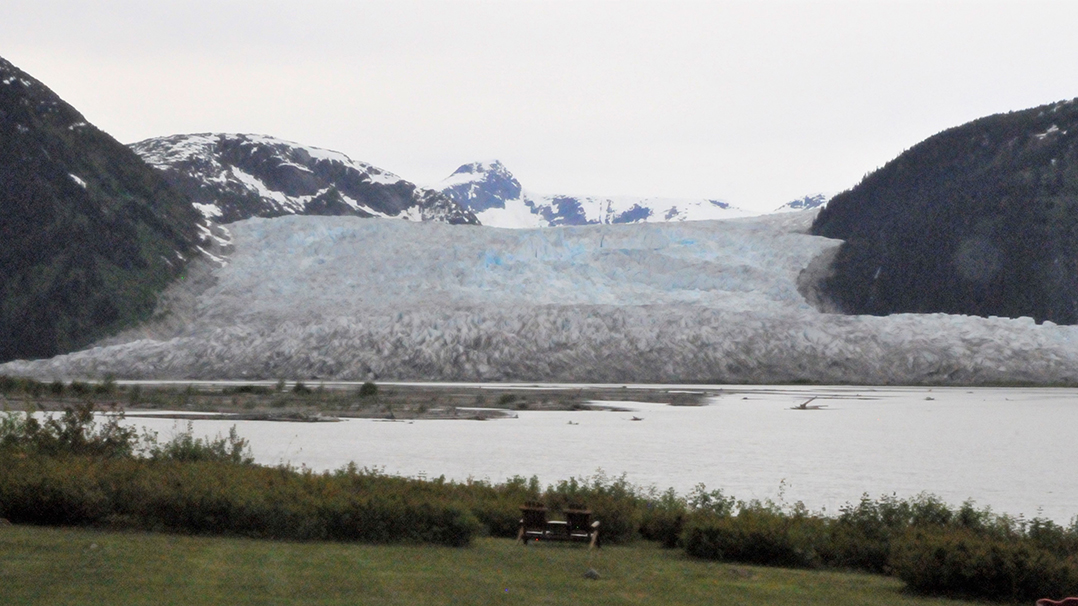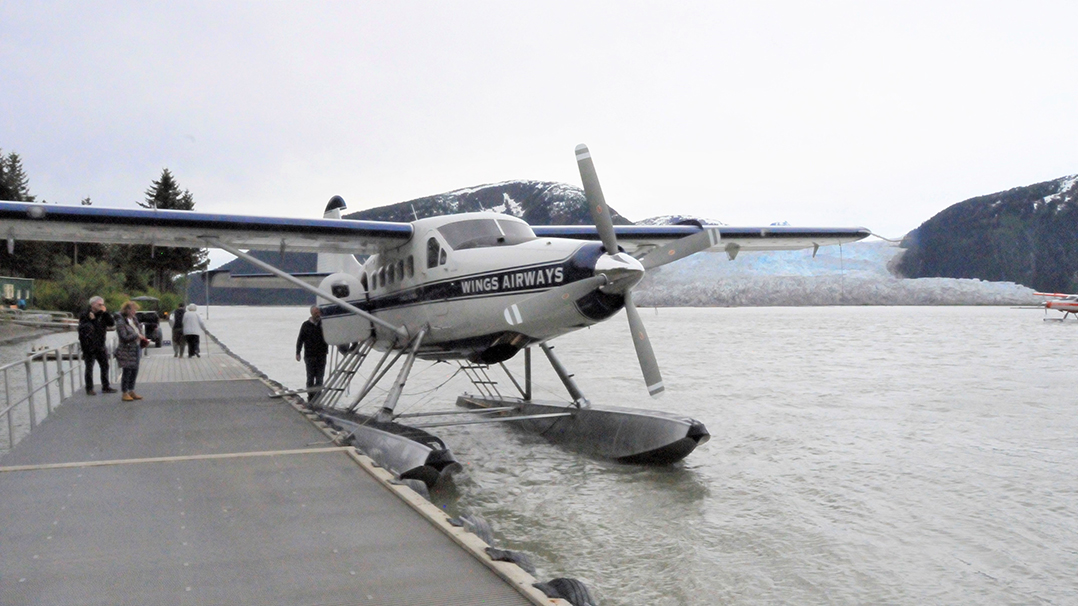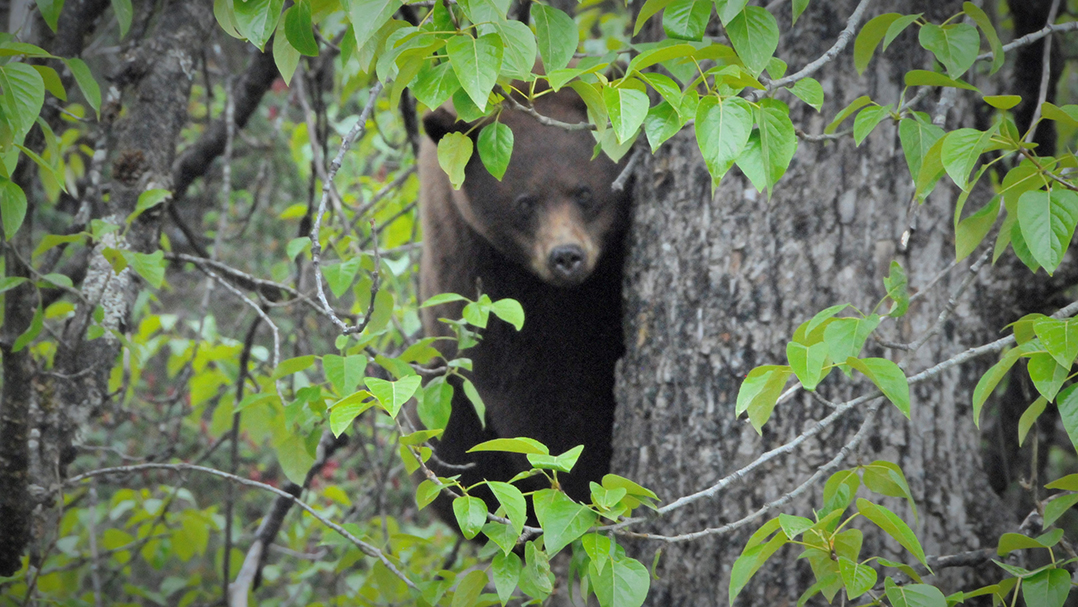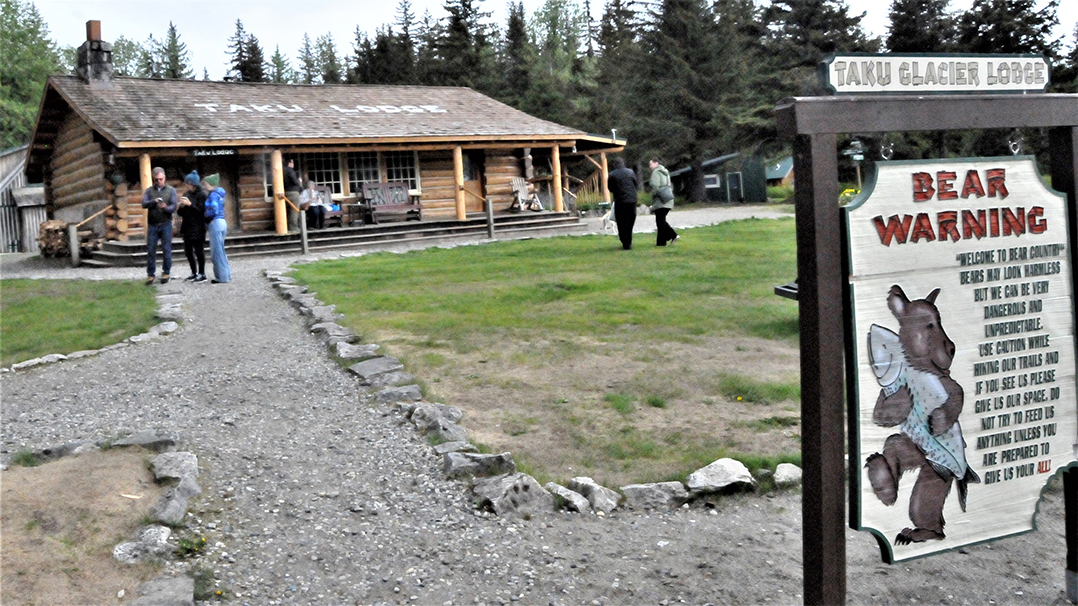Today, in our continuing tour of Alaska, we visit sites around Juneau, Alaska’s capital city.
Juneau began as a tent city on the east bank of the Gastineau Channel soon after Joe Juneau and Richard Harris discovered gold nearby in 1879. In 1881, 72 miners named the town, on the Alaska Panhandle along its border with British Columbia, for Juneau. Juneau was the first European settlement in Alaska after the United States purchased the territory from Russia in 1867. In 1906, Juneau, with a population of about 2,000, replaced Sitka, further down the Panhandle, as the territorial capital.
Juneau is famous for the Juneau Icefield to the north. This 1,500-square-mile field of ice includes more than 40 valley glaciers, gradually moving down the valleys because of their massive weight, creating fjords as the ice wears down the adjacent mountain peaks. Much of the Juneau Icefield lies within the 16.7-million-acre Tongass National Forest, the United States’ largest national forest. All but one of the glaciers within the Juneau Icefield reached their maximum size in about 1700 and have been retreating ever since. Only the Taku Glacier, the name the local Tlingit people gave it, continues to advance and is now the largest glacier in the icefield.
A popular activity for visitors to Juneau is a floating bush plane trip over five glaciers in the Juneau Icefield, with a stop at Taku Glacier Lodge, across the Taku River from the face of the Hole-in-the-Wall Glacier, a branch of the Taku Glacier. Guests at the lodge are treated to a meal including grilled wild salmon. The salmon attracts black bears, which have become their own attractions to the lodge. After dining, visitors can also take a walk in the scenic woods near the lodge, where they are warned to be on the lookout for bears.







